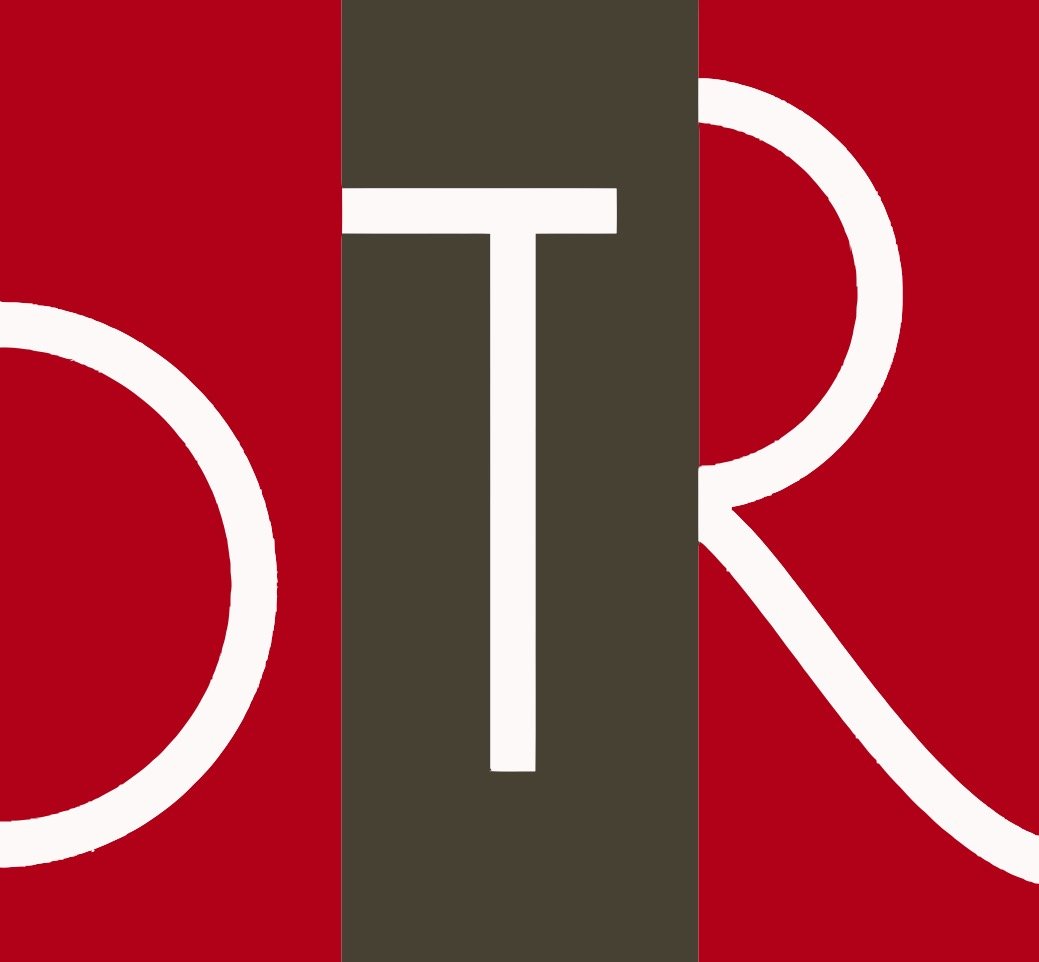JOAN MIRO
Miró’s father was a watchmaker and goldsmith. Both his father’s background as an artisan and the austere Catalan landscape would be of great importance to his art. According to his parents’ wishes, he attended a commercial college. He then worked for two years as a clerk in an office until he had a mental and physical breakdown. His parents took him for convalescence to an estate they bought especially for this purpose—Montroig, near Tarragona, Spain—and in 1912 they allowed him to attend an art school in Barcelona. His teacher at this school, Francisco Galí, showed a great understanding of his 18-year-old pupil, advising him to touch the objects he was about to draw, a procedure that strengthened Miró’s feeling for the spatial quality of objects. Galí also introduced his pupil to examples of the latest schools of modern art from Paris as well as to the buildings of Antoni Gaudí, Barcelona’s famous Art Nouveau architect.
ABOUT JOAN MIRO
From 1919 onward Miró lived alternately in Spain and Paris. He was one of the many artists who made their way from abroad to Paris during the first two decades of the 20th century. Most of these foreign artists elected to become French citizens after coming into contact with the exciting French artistic metropolis, but Miró remained attached to his Catalan homeland.
In the years following World War II Miró became internationally famous; his sculptures, drawings, and paintings were exhibited in many countries. He was commissioned to paint a number of murals, notably for the Terrace Hilton Hotel in Cincinnati, Ohio (1947), and for Harvard University in Cambridge, Massachusetts (1950). His ceramic experiments culminated in the two great ceramic walls in the UNESCO building in Paris (1958), for which he received the Great International Prize of the Solomon R. Guggenheim Foundation. In 1962 Paris honoured Miró with a major exhibition of his collected works in the National Museum of Modern Art. The Catalan architect José Luis Sert built for him the large studio of which he had dreamed all of his life on Majorca. Among his later works were several monumental sculptures, such as those he executed for the city of Chicago (unveiled 1981) and for the city of Houston (1982).
In spite of his fame, however, Miró, a taciturn, introverted man, continued to devote himself exclusively to looking and creating. His art had developed slowly from his first clumsy attempts at expression to the apparently playful masterpieces of his later period. In his late works Miró employed an even greater simplification of figure and background; he sometimes created a composition merely by setting down a dot and a sensitive line on a sea-blue surface, as in Blue II (1961). The whimsical or aggressive irony of his earlier work gave way to a quasi-religious meditation. In 1980, in conjunction with his being awarded Spain’s Gold Medal of Fine Arts, a plaza in Madrid was named in Miró’s honour.
















